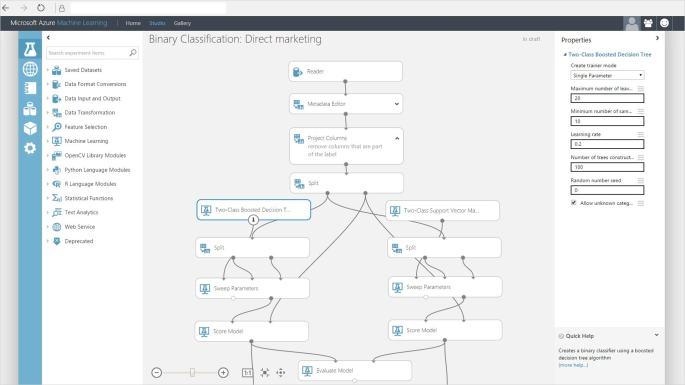This short article is not a panacea of change nor an all-encompassing view of the future, I’d like to talk about some of the interesting areas that I see early movement in a new and exciting direction.
The next couple of years are going to be like no others we’ve seen in the technology space. It goes without saying that technology is moving forward at a pace never seen before. It’s becoming more sophisticated, more intelligent whilst at the same time becoming simpler to use – for end users and developers alike. It’s the fourth industrial revolution – and it’s based around intelligent systems.
Rest assured that bringing forward previous ways of thinking is not going to suffice – incumbents in system design, software architecture and platform choice are no longer so clear. What’s next is murky, but we can get a glimpse.
User Experience and the general movement of defaulting to screen based interfaces are also up for review.
One of the first areas to change will be the way we as people interact with technology. We’ve got these fantastic small and portable devices, with great screens that can do amazing things that we’d have only dreamed of just a handful of years ago – but they are unnatural. They are incumbent as the result of our level of technology in the early 2000’s. There was a gap in personal computing that got filled… and it was amazing… at the time.
Deep interaction – content consumption (like watching video, reading an article) are safe for now. Screens make sense for this kind of big, deep content. It’s structured, unintelligent. The screen in this case is a delivery mecahnism for pre-canned, static(ish) content. You can find a corner and watch it. You’ll probably want to be seated and still.
The biggest changes I see are in with shallow interaction – where a device tops up you with the latest pertinent data and knowledge in real time. You are doing daily things – walking, talking, meeting, discussing, fussing.
The method of augmentation of your daily life – interacting with you as a person – the augmentation of your intelligence – is on the chopping block.
Screens as it were will soon not make the gradeas the default interface choice. People will no longer accept this unnatural interloper in to their most personal inner circles. As far as I’m concerned, screens can go away and come back again when they are projected as heads up displays in my vision, preferable with direct optic nerve stimulation (but I’ll take contact lenses in the interim).
We’ve seen inroads in to this type of technology – although mostly they default back to what we know (screens). Watches that tap and pop when new information arrives.
The next stop on the path to technological wonderment is actually going to be a loop back to the past. We’re coming around to language based interfaces. It’s perhaps the original structured communication platform. It’s built in to all of us by default. It requires a deep intelligence to navigate and operate – the human mind.
The popularity of devices like the Amazon Echo reinforce this statement. People didn’t even know they wanted it. Yet there it is sitting at home – a semi-sentience that lives with you that you can depend upon… an amazing development. But it’s not portable. It’s not very personal either – it’s a group affair.
Imagine for a moment that you had a set of glasses that could lip read your commands and respond to you through bone induction that only you can hear. Such a device could keep you updated with important contextual information that is provided by your personal AI as you need it.
There is a Kickstarter product that is doing just this – minus the lip reading part. The Vue glasses use bone induction to provide information via Bluetooth from your phone You can say commands out loud to them or use an array of buttons and contact points to provide input.
“Jordan – the bus will leave in 8 minutes.” “Jordan, you’re walking past the super market, remember to get milk.” All manner of informational updates could be whispered for only you to hear.
You could of course posit questions. Or (as the Kickstarter video above shows) you could double tap to get the current time.
These scenarios and capabilities are easy to imagine – we have this capability in many ways already. The bone inducting glasses are a new content delivery platform – but in isolation they do not go to that next stage.
To truly transcend in to the next generation of computing we must move to conversational platforms where people forget they are talking to a machine.
We must – and will – skirt the thin Turing line.
More and more products like this will become the norm. Society will expect it as they become more tired and weary of screen based interaction throughout daily life. Having experience a true intelligent system delivered in a meaningful and human-centric way people will not want to go back to the old ways.
Software that is not backed by some form of advanced machine intelligence will seem static and dated very soon.
Once you’ve had intelligence, you can’t go back.
It’s time to reconsider the technologies that we should be investing in next to be ready and waiting for the next phase in personal computing.

